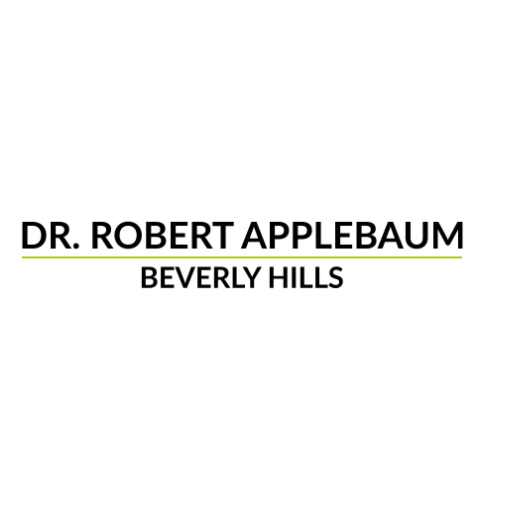

It lasts 78 seconds and was made on a phonograph in St. It is a survivor-the earliest extant document that captures a musical performance.

It is quite possibly a record of the oldest playable recording of an American voice. Nevertheless, in 2008, researchers from the First Sounds group, using contemporary audio technology (developed with the support of several institutions, including the Library of Congress and the National Recording Preservation Board) were able to play back Scott's recordings for the very first time. Scott was interested solely in the visible tracings of sound waves in order to study acoustics and did not record with the intention of playing back or listening to his recordings. The resulting "phonautograms" proved crucial to the development of recorded sound. Later, Scott made recordings on paper wrapped around a drum. In late 1853 or early 1854, Edouard-Leon Scott de Martinville captured the first recorded sounds by etching onto blackened glass plates the movements of a boar's-bristle stylus, vibrating in sympathy with a guitar and a human voice. Recordings are listed in chronological order: Phonautograms. The Library of Congress does not currently hold copies of all the recordings listed. Note: This is a national list and many of the items listed are housed in collections across the country. For many recordings, nationally-known scholars have kindly contributed short essays describing further the work's importance, and are available as indicated.
#BOB OR ROBERT APPLEBAUM MANDOLIN FULL#
2022 National Recording Registry.Ī full list of all Registry-named recordings with descriptions noting their aesthetic, historic or cultural significance.

Registry Titles with Descriptions and Expanded Essays


 0 kommentar(er)
0 kommentar(er)
